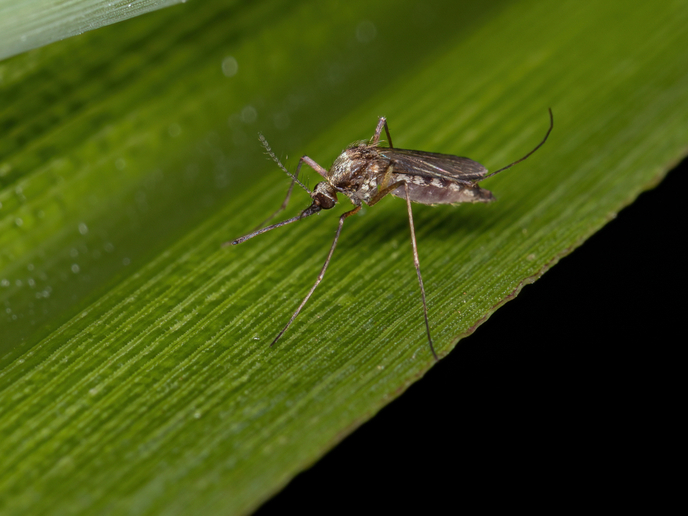AI-driven diagnostic platform to tackle melanoma
Melanoma remains one of the most aggressive and lethal skin cancers, accounting for 60 % of fatal skin neoplasias. Despite high curability rates when detected early, current screening practices based on total body skin examination can be time-consuming and inefficient. “Existing diagnostic tools are fragmented and often rely on the subjective interpretation of individual dermoscopic(opens in new window) images,” notes iToBoS(opens in new window) project coordinator Rafael Garcia from the University of Girona(opens in new window) in Spain. “This limitation, coupled with increasing incidences of melanoma within ageing white populations, positions melanoma as a growing public health challenge.”
Early detection and personalised risk assessments
The EU-funded iToBoS project sought to address this challenge by building an artificial intelligence (AI)-driven diagnostic platform to support medical staff in identifying malignant skin lesions with greater accuracy, speed and interpretability. “We wanted to improve early detection while ensuring personalised and precise risk assessment for each lesion,” explains Garcia. The platform includes a new total body scanner (TBS) that can take high-quality, dermoscopic images of the entire skin surface. This scanner allows doctors to monitor skin lesions over time with consistent, clear images. Other elements include a holistic approach that allows an AI assistant to predict malignancy of a suspicious skin lesion using a combination of full-body imaging, dermoscopic images, clinical history and, where available, genetic information. This integration enables the system to provide not only a risk score, but also an explanation of the factors influencing the diagnosis, helping clinicians make informed and confident decisions. The system was tested and refined through real-world clinical trials, with a focus on ensuring robustness, usability and potential for adoption in diverse healthcare settings. “Given the sensitive nature of health data, all platform components were developed with full adherence to ethical standards and data protection regulations, with special attention to patient privacy and informed consent,” says Garcia.
Advances in melanoma diagnosis
This work has led to significant advances in the early diagnosis of melanoma and in the use of AI in dermatology. A key achievement has been the development of a novel TBS, capable of capturing high-resolution, full-body skin images at both macroscopic and dermoscopic levels. “The liquid lens system we used was so innovative that it has resulted in three patents, underscoring the originality and technological impact of this development,” remarks Garcia. The project was also successful in compiling a large and unique multimodal dataset that integrates full-body imaging, clinical history and other critical data. This dataset enabled the training and validation of AI models designed to support melanoma diagnosis. “These tools were integrated into the AI cognitive assistant, bringing together the AI analysis, image data and patient information into a single, user-friendly platform for medical staff,” adds Garcia.
Personalised approach to medicine
Next steps include a large-scale roll-out trial that will involve a much larger number of melanoma cases. “While this pilot study demonstrated the technical functionality and clinical potential of the platform, a broader trial is now needed,” notes Garcia. “This would ideally involve multiple hospitals and dermatology centres across different regions, to ensure variation in imaging conditions, clinical protocols and patient profiles.” In parallel, further efforts are need to optimise the user interface and refine the explainability of AI outputs(opens in new window). “By equipping medical staff with a tool that enhances detection accuracy and supports continuous monitoring of skin lesions, iToBoS has made an important contribution to reducing diagnostic delays and misclassifications,” says Garcia.







